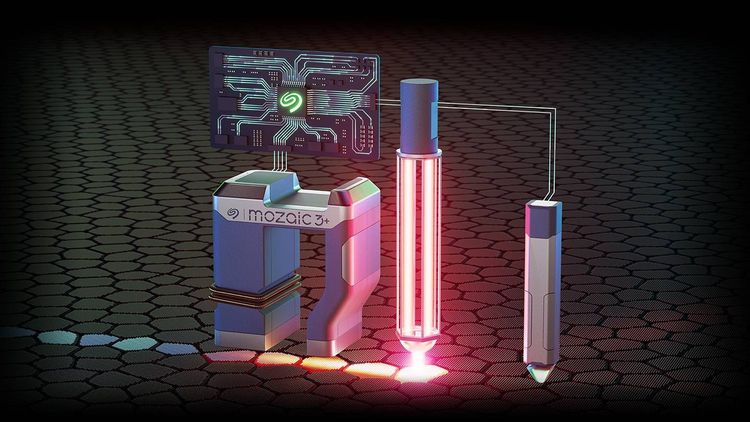Science Has FINALLY Brought us the World’s First 30TB Hard Drive
After a few false starts and scams, mankind has now, finally, officially broken the 30TB barrier by offering a device that uses 10 3TB platters to offer a true 30TB of storage. And while Seagate might of course first plan for this Eros X Mozaic 3+ to be available to enterprise markets to start, it sounds like these 30TB behemoths will come to retail markets soon as well.
Let’s take a look at this new 30TB Seagate Exos X Mozaic 3+ and explore how it might eventually be a solid option for your video editing workflows and needs.
The World’s Largest Hard Drive
For some context, the previous capacity champion was the Western Digital Gold Hard Drive that topped out at 24TBs. And WD had recently disclosed that it was working on a 28TB hard drive as well, but has not formally launched it. There are also some other players like Toshiba who have offered plans to reach up to 50TBs for new models, but have not revealed any drivers larger than 22TB at this point.
So, much as Benny Safdie’s character Edward Teller warns in Oppenheimer, this new record might only stand until someone builds a bigger bomb… or in this case, a hard drive of course.
But let’s take this achievement away from Seagate and let them enjoy it for the time being. It’s also a very needed arms race at this point as digital files, in particular video and 3D files and assets, are becoming larger by the day with bigger and better camera sensors recording humongous files while on set or in the field.
The 30TB Seagate Exos X Mozaic 3+
Now, looking at this 30TB Seagate Exos X Mozaic 3+ in particular, the manufacturer promises that the Mozaic 3+ will be one of the more affordable options (per terabyte) on the market once released thanks in part to some recently developed technologies at play that will make it much faster and cheaper.
The new drive incorporates Seagate’s unique implementation of HAMR technology to deliver mass-capacity storage at unprecedented areal densities, Seagate explains on its site. And the company further says that the drive will allow data centers to double their storage capacity without increasing their footprints — thus lowering their power consumption costs overall too.

